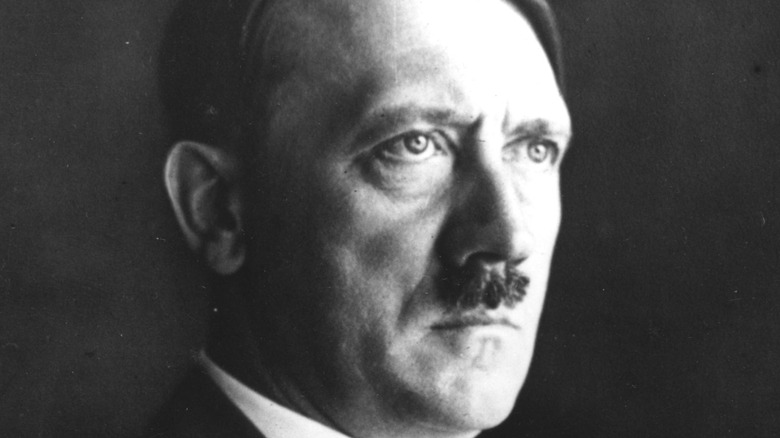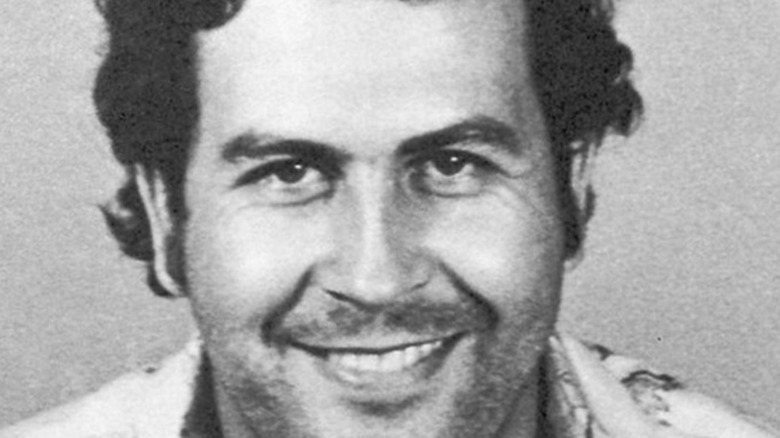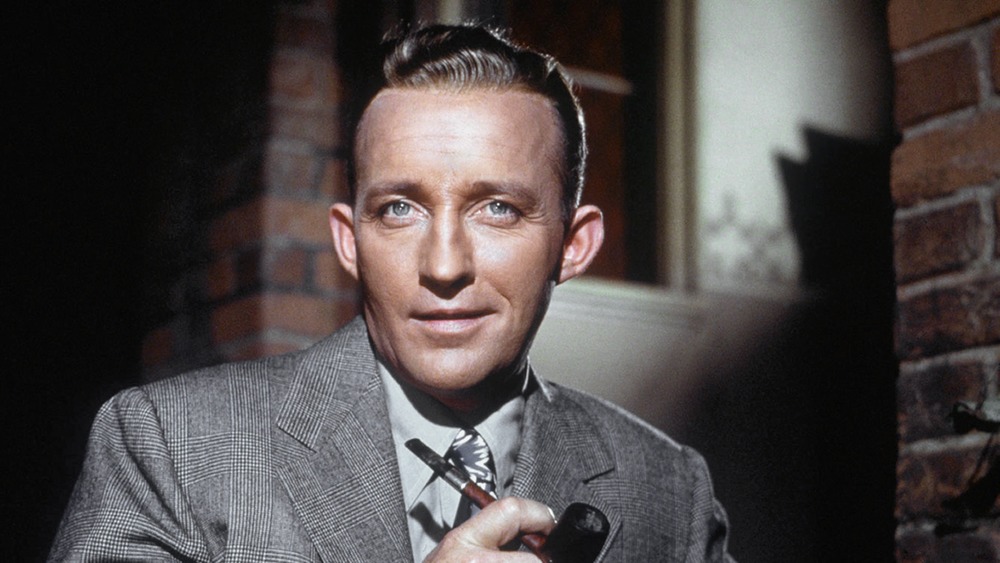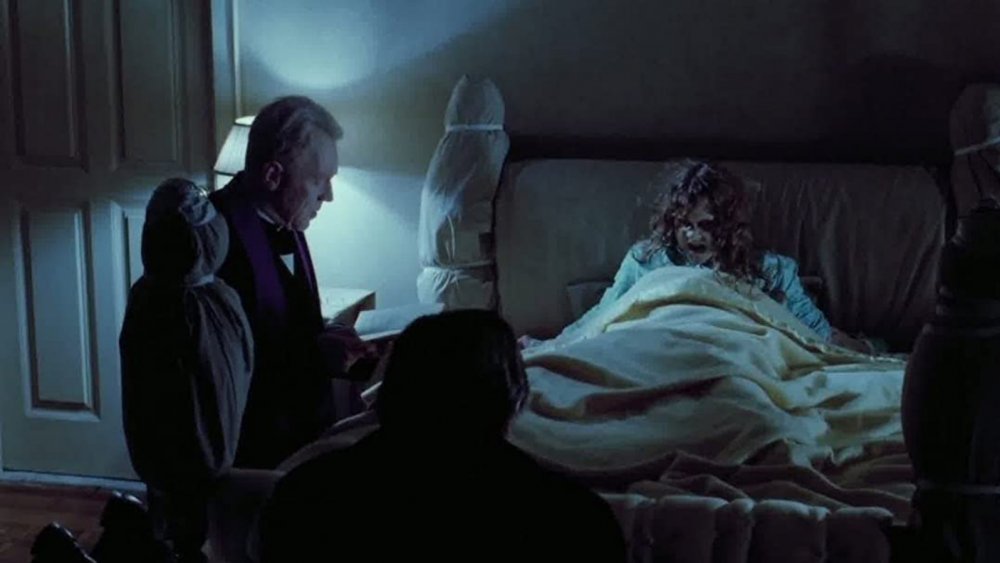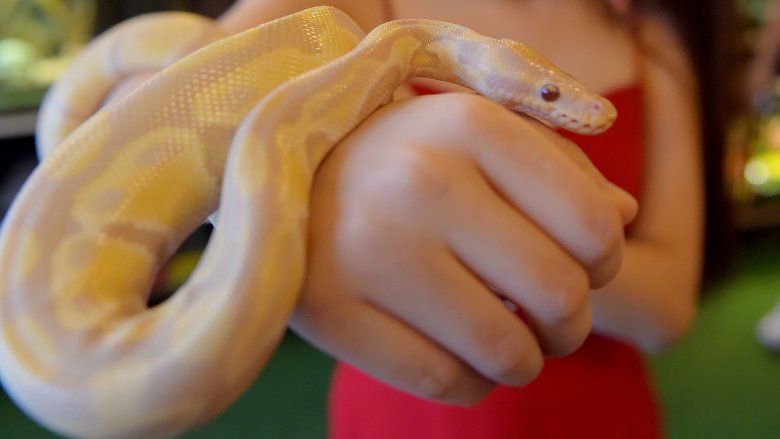
This Is Where You’ll Find The Remains Of Pringles Designer Fredric Baur
There are unusual ways to be buried when you die — get sent off to space, be planted as a tree, or even have your ashes mixed with fireworks. Fredric Baur, however, chose to have his ashes placed in his most iconic invention.
Fredric Baur was a food storage technician and chemist who worked for Procter and Gamble. In 1966, he designed the Pringles can to keep the freshness of the chips and to ensure it reaches consumers while retaining its saddle shape. Not only that, but Baur was also responsible for the chips’ unusual saddle shape, which is mathematically called the hyperbolic paraboloid (via The Packaging Company). The patent for Pringles packaging was granted in 1970.
Not all consumers were pleased when Pringles came out in a tubular container. Slowly, however, people started to embrace the unique design, which remains iconic to this day. Baur was so proud of his invention that he requested some of his ashes be placed in a Pringles can upon his death.
Which flavor to use?
Fredric Baur had the idea to have his remains put in a Pringles can long before his death. It was in the 1980s when he told his loved ones his wish. Larry, Fredric’s son, found it funny at first when his father brought it up. He soon discovered that his father was serious, as reported by Time.
Baur was staying at a hospice home in Cincinnati when he died on May 4, 2008, at 89 years old. Larry didn’t forget his father’s request, and together with his siblings, they stopped by Walgreens before heading to the funeral home. They faced a little dilemma there as they had plenty of Pringles flavors to choose from, but they ultimately decided that the best one to use was the original.
The can of Pringles was emptied and a portion of his ashes was placed inside. The remainder of his ashes were placed in an urn and a fraction was also given to his grandson (via Boyum Law).

The Real Reason Elon Musk Wants To Go To Space

The Dark History Of Death By Impalement

This Is How Long Kansas' Debut Album Really Took To Make

The True Cause Of Geronimo's Quest For Revenge

How Al Pacino Almost Lost His Role In The Godfather

This Is How Tim Allen Ended Up In Prison

The Sad Facts Discovered In Amy Winehouse's Autopsy Report
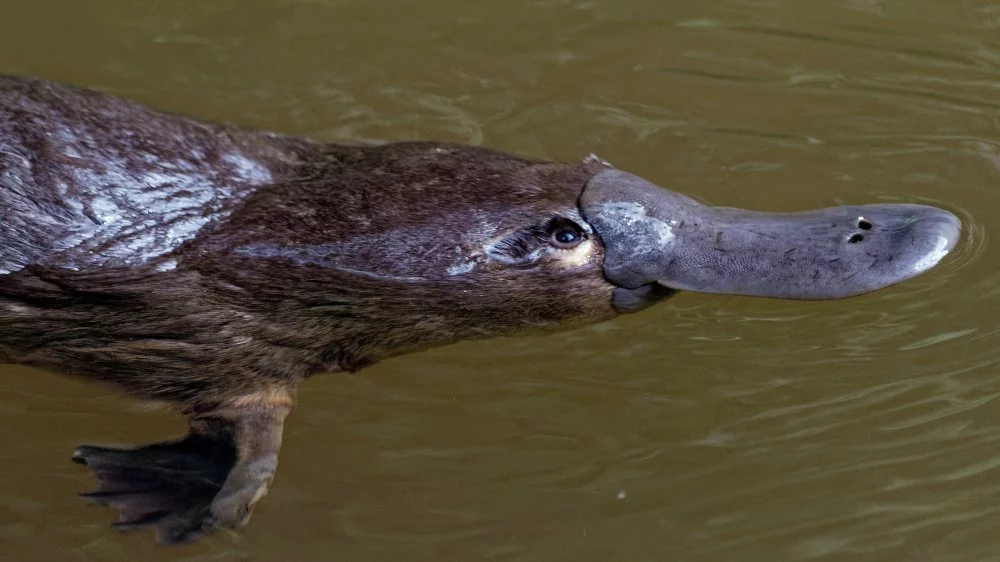
Can Platypus Venom Kill You?

People Who Got Screwed For Looking Exactly Like Someone Else

How To Survive If You're Buried Alive


